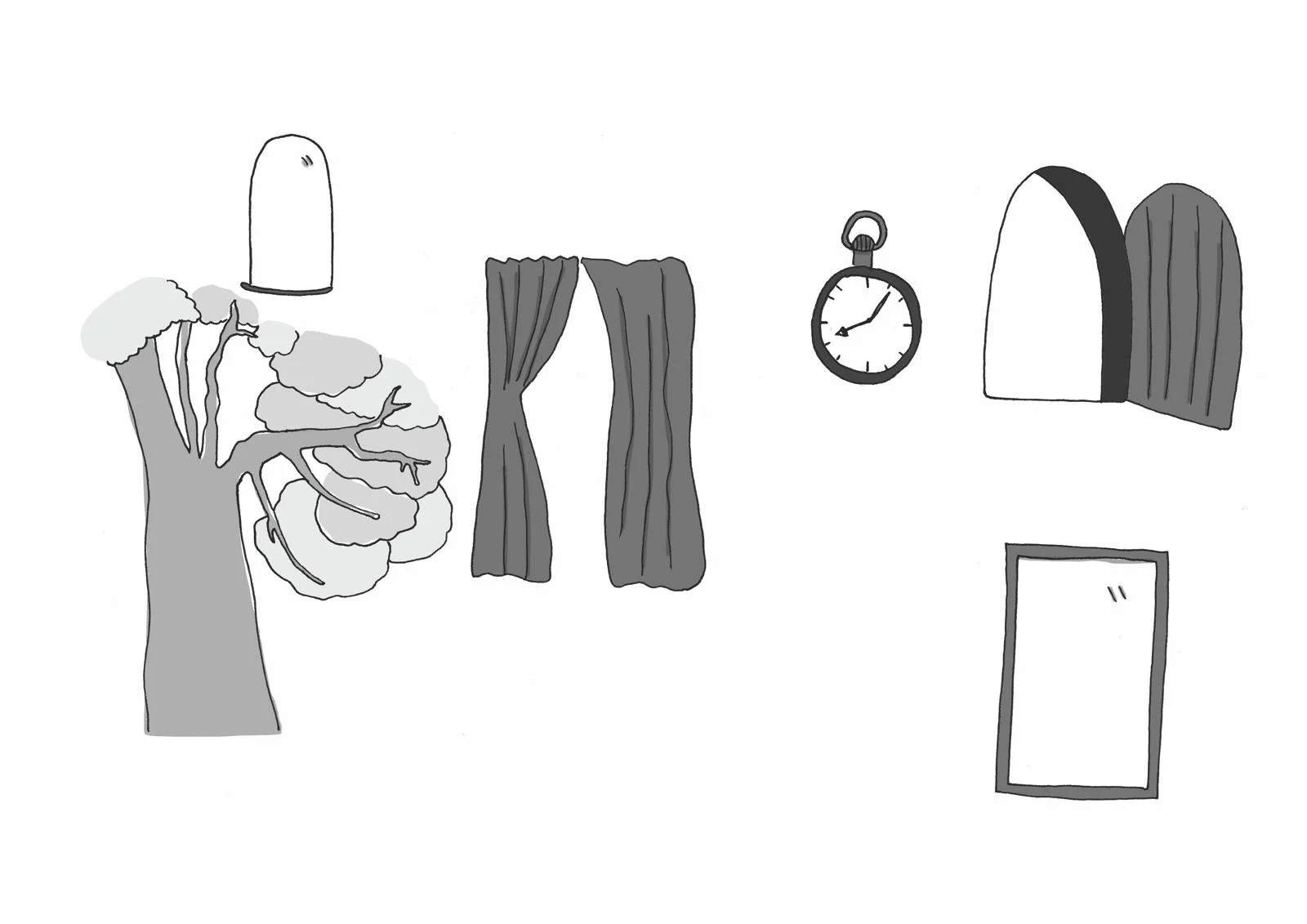
“If you’ll believe in me, I’ll believe in you.”
— Lewis Carroll, Through the Looking-Glass, 1871
Double Empathy: A Two-Way Street
"Empathy is not the exclusive domain of neurotypicals; it’s a mutual responsibility. The ‘problem’ of empathy runs both ways."
— Damian Milton, 2012
At Alice’s Wonderland, Double Empathy is not simply a theory—it is a foundational ethos and guiding principle. First articulated by Dr. Damian Milton (2012), the Double Empathy Problem challenges traditional deficit-based models of autistic communication. Rather than locating the breakdown in autistic individuals, Milton argues that communication difficulties emerge from a mismatch of perspectives, experiences, and worldviews between neurodivergent and non-neurodivergent people. Recent work (Botha & Gillespie-Lynch, 2022; Pearson & Rose, 2021) expands Milton’s model, exploring how intersectionality, stigma, and masking all influence relational breakdowns. The “problem” of empathy, therefore, is relational and reciprocal.
A Wonderland Analogy
In Alice’s Adventures in Wonderland, Alice is constantly disoriented by characters who speak in riddles, disrupt conversational norms, and follow illogical social rules. Her confusion does not stem from any deficiency, but from incompatible frames of reference. Alice struggles not because she’s “deficient,” but because Wonderland’s inhabitants operate by different sets of norms.
This dynamic mirrors the Double Empathy Problem. Rather than assuming that autistic people must do all the adapting, this lens recognises that both parties carry cognitive biases, cultural assumptions, and relational norms that influence understanding. Communication is not a one-way diagnostic—but a mutual social negotiation.
☆ Why It Matters at Alice’s Wonderland
At Alice’s Wonderland, we treat Double Empathy as a critical framework for system change, relationship-building, and identity affirmation. Its principles shape how we design our practices, engage with others, and foster trust across neurotypes.
✩ Mutuality Over Deficit
Rather than viewing autistic communication as disordered, we recognise that all communication occurs within context. Misunderstandings are co-created, not caused by a single party. This shifts the narrative from “fixing” autistic people to creating shared meaning.
✩ Relational Responsibility
Inspired by Milton’s model, we place equal emphasis on the relational labour of both neurodivergent and neurotypical people. Empathy becomes co-constructed through dialogue, patience, and curiosity—not assumed through proximity to “norms.” This process builds neurokinship, shared belonging forged across divergent lives
✩ Reframing Difference as Insight
Autistic communication often features rich metaphor, depth, intensity, and pattern-recognition—modes of expression that may appear atypical but are deeply meaningful. At Wonderland, we work to ensure these forms of connection are not just included—but centred and celebrated. This is part of cultivating a narrative ecosystem, where diverse communicative styles interconnect to reshape cultural meaning
☆ Double Empathy in Practice
At Alice’s Wonderland, Double Empathy guides our work in:
✩ Creative Communication Spaces: Designing environments where both verbal and non-verbal forms of expression—scripting, visual logic, poetic language—are valid and welcomed, including narrative disobedience as a form of resisting imposed communicative norms
✩ System Navigation: Challenging institutional practices that misinterpret neurodivergent behaviour through a deficit lens (e.g. “lack of eye contact” as rudeness).
✩ Conflict Resolution: Supporting mutual understanding through slow thinking, narrative exchange, and emotional translation rather than blame or behavioural correction.
☆ From Theory to Transformation
Double Empathy invites a broader rethinking of social systems, not just interpersonal dynamics. If we accept that communication failure is relational, then education, healthcare, justice, and policy must all adjust their frameworks—not just ask autistic people to mask, translate, or self-regulate.
This mirrors our core belief: systems must adapt to people—not the other way around
☆ Integrating Structural Empathy Failure
Drawing inspiration from Damian Milton’s Double Empathy framework, Alice’s Wonderland introduces the distinct framing of Structural Empathy Failure, an original concept that extends Milton’s Double Empathy framework, to describe systemic barriers to empathy explicitly within neurodivergent institutional contexts.
Structural Empathy Failure describes the systemic inability of institutions to engage empathically and relationally across diverse neurotypes, communication styles, and cultural contexts. It emphasises how institutional practices—such as bureaucratic timelines, procedural rigidity, and behavioural escalation policies—create environments where genuine empathy is structurally inhibited, leading to systemic harm and relational misrecognition of neurodivergent individuals and communities.
☆ Wonderland as a Double Empathy Space
In our world:
✩ Confusion is met with curiosity.
✩ Differences are invitations to listen—not problems to solve.
✩ Understanding is co-authored.
Alice didn’t fail to understand Wonderland. Wonderland failed to explain itself.
And here at Alice’s Wonderland, we commit to doing better—together.
Double empathy asks us to co-author meaning; structural empathy failure reminds us what happens when systems refuse to.
➽ This entry is part of the Key Concepts series at Alice’s Wonderland, exploring the frameworks that shape how we think, connect, and create. If you’d like to contribute your own reflections or join the conversation, we’d love to hear from you.

